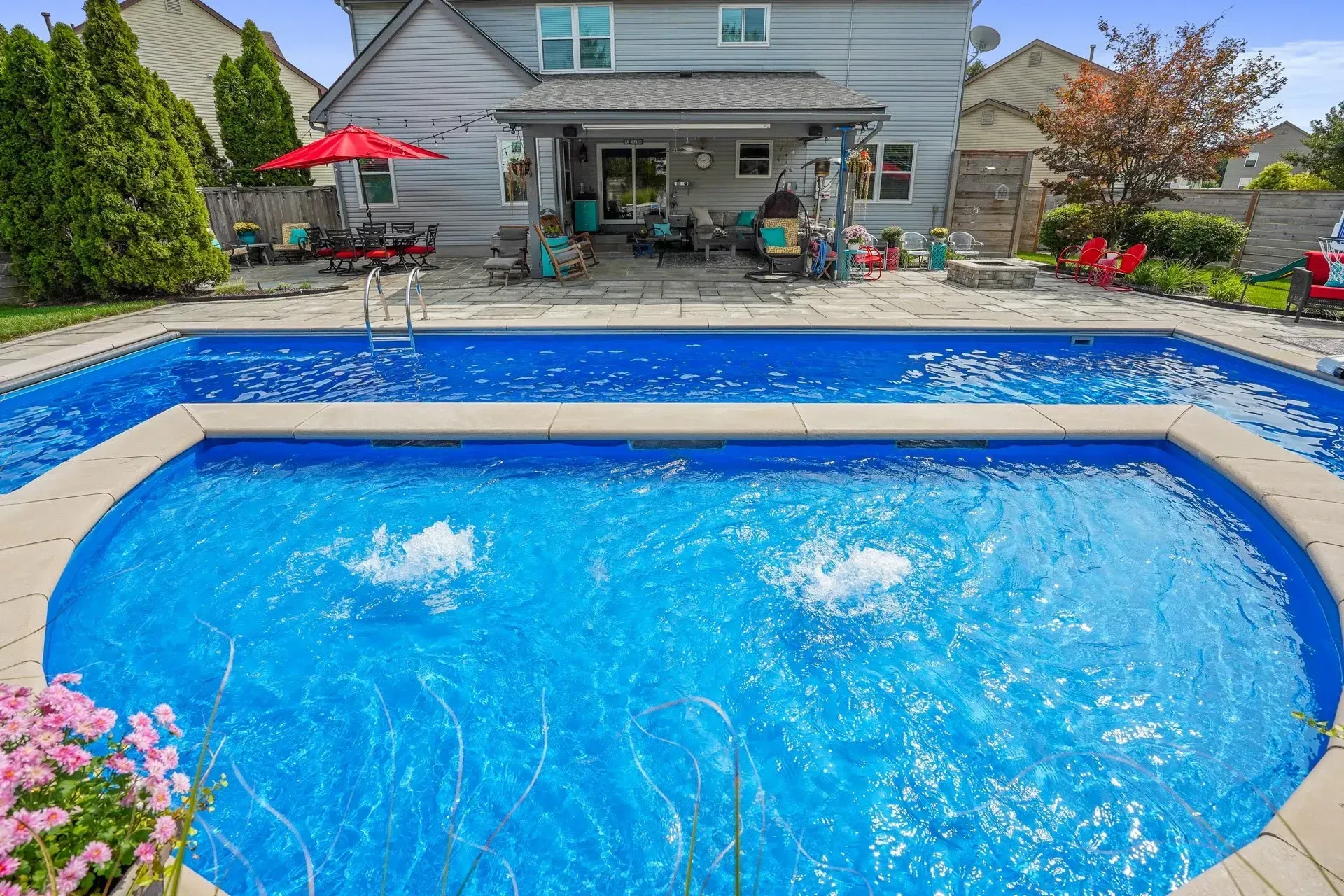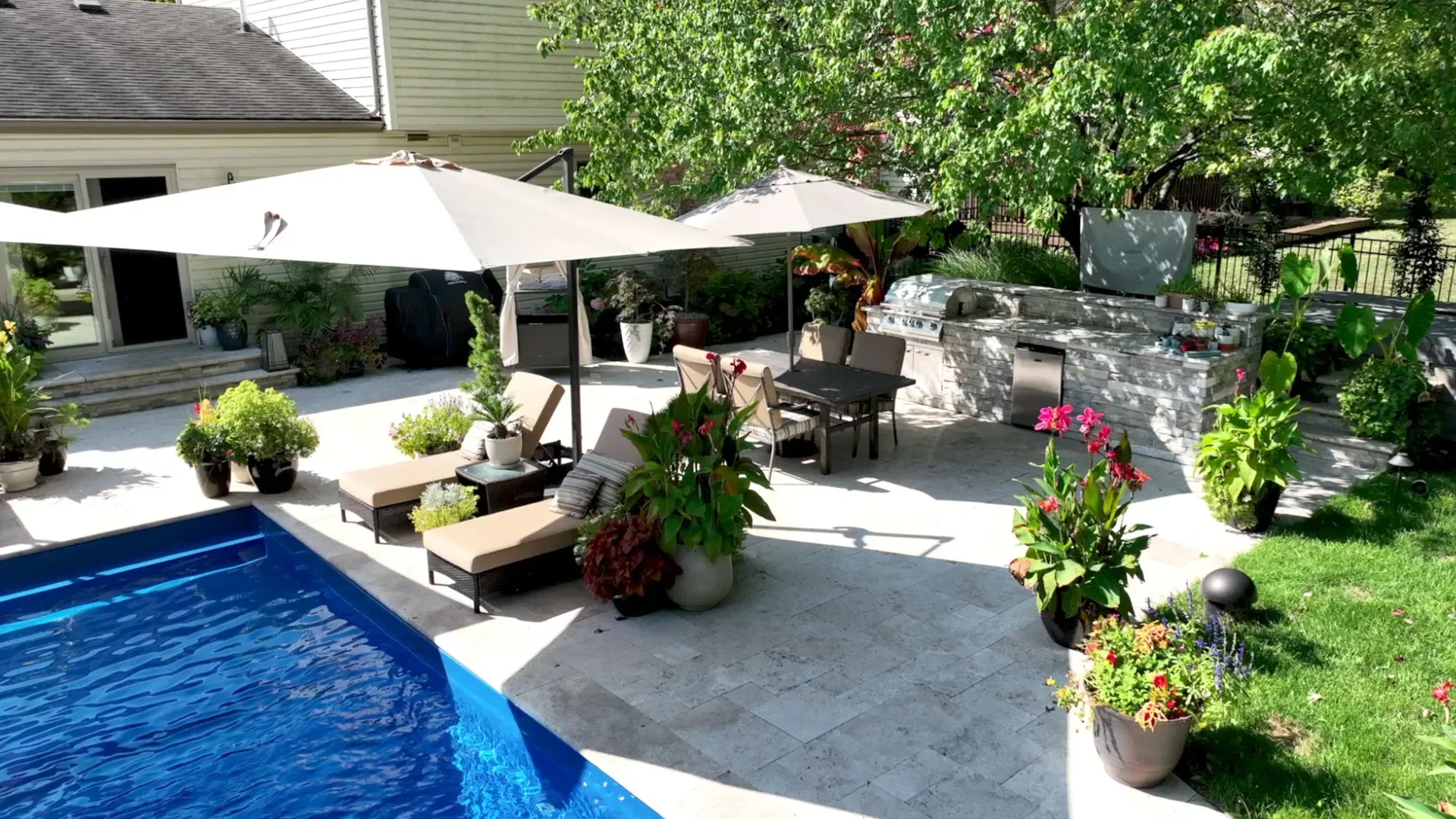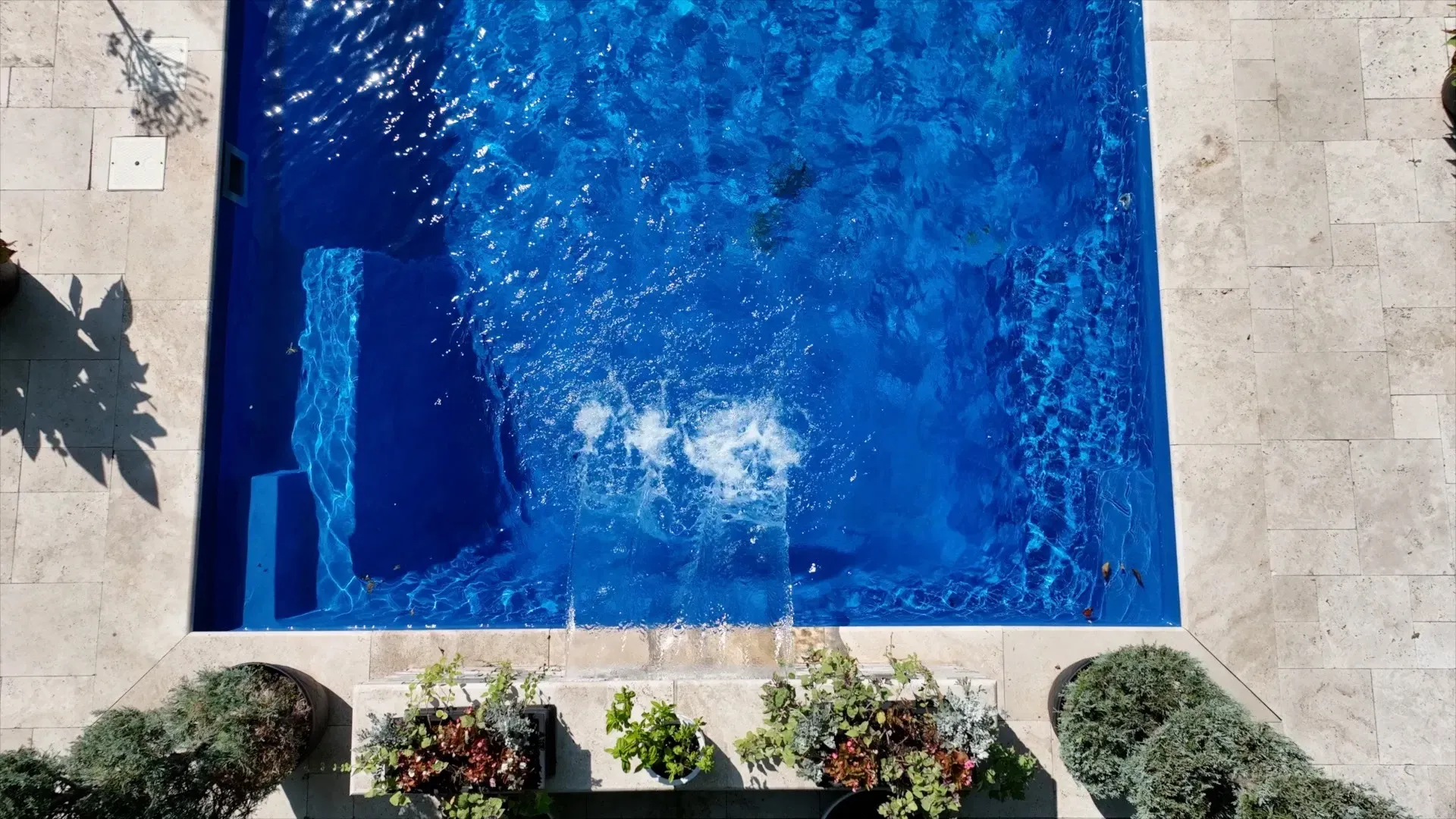5 Ways to Keep Bugs Out of Your Pool

When your pool is not being used or isn’t being cleaned often enough, you might find some bugs drowning or swimming in it. The most common insects attracted to standing bodies of water are mosquitoes, water boatmen, and backswimmers. If you get these bugs in your pool, the treatment chemicals for your pool are insufficient to get rid of them. To achieve a clean pool, you can take a few steps to ensure the filters are functioning and the chemicals are optimal. Below, we will list the main bad guy ‘pool bugs’, followed by 5 steps to make sure your pool is adequately cared for.
Mosquitoes
Mosquitoes carry the deadly malaria parasite as well as other blood-borne diseases. They lay their eggs in pools with poor-quality filter systems or with insufficient chemical cleaners, providing an environment conducive to their egg and larval stages. While it might be tempting to increase the acidity of your pool to rid it of mosquitoes, an acidic pool wears more heavily on your equipment and can also cause unpleasant chemical reactions to a swimmer’s skin. Filters are often congested with algae or vegetation, reducing their efficiency. A weekly check of the filter and chemical levels is usually a good indicator of how your pool is doing in terms of pest control. Eliminating mosquito habitats is crucial to reduce the growth of the mosquito population near your pool.
Water Boatmen
Water boatmen are insects with elongated oval-shaped bodies. In nature, they are found in freshwater ponds, streams, and lakes where they consume plants such as algae, reeds, and other vegetation. If you find water boatmen in your swimming pool, the chemical treatment for your water is probably too weak. They can be a problem because they attract the larger backswimmer pest, a larger insect. Nobody wants to swim in a pool filled with bugs. Check your filter often, as algae and vegetation can clog a filter, reducing the circulation in your pool and increasing the amount of undesirable plant matter, subsequently providing a more attractive environment for insects.
Backswimmers
Backswimmers follow wherever the water boatmen go. Unlike the water boatmen, backswimmers have mouths large enough to bite humans, making them a more annoying pest than their prey. They are also called ‘water bugs,’ though this term is broadly applied to insect species that spend a lot of time in the water. Backswimmers’ back legs are much longer than their front legs giving them the capability to swim upside-down. They will swim upside down beneath trees or other hanging shade in wait to catch bugs that might fall into your pool. The easiest way to get rid of these pests is to rid them of their food source, the boatmen. Cleaning your pool regularly and checking your filters will prevent the prey, and predator, from calling your pool home.
Keeping Bugs out of the Pool – Install a Cover

A pool cover can be as simple as a plastic tarp or as complicated as a built-in automatic cover. Covering your pool between uses will keep the vast majority of bugs and leaves out of your pool. Make sure your filter has a cover as well, with no cracks or pieces missing. Keeping the water covered also has the benefit of preventing birds from flying into your pool and drowning. Not only do covers keep your pool clean, but they can also warm the water, making night-time swims more pleasant.
Hang a Bug Zapper Near the Pool
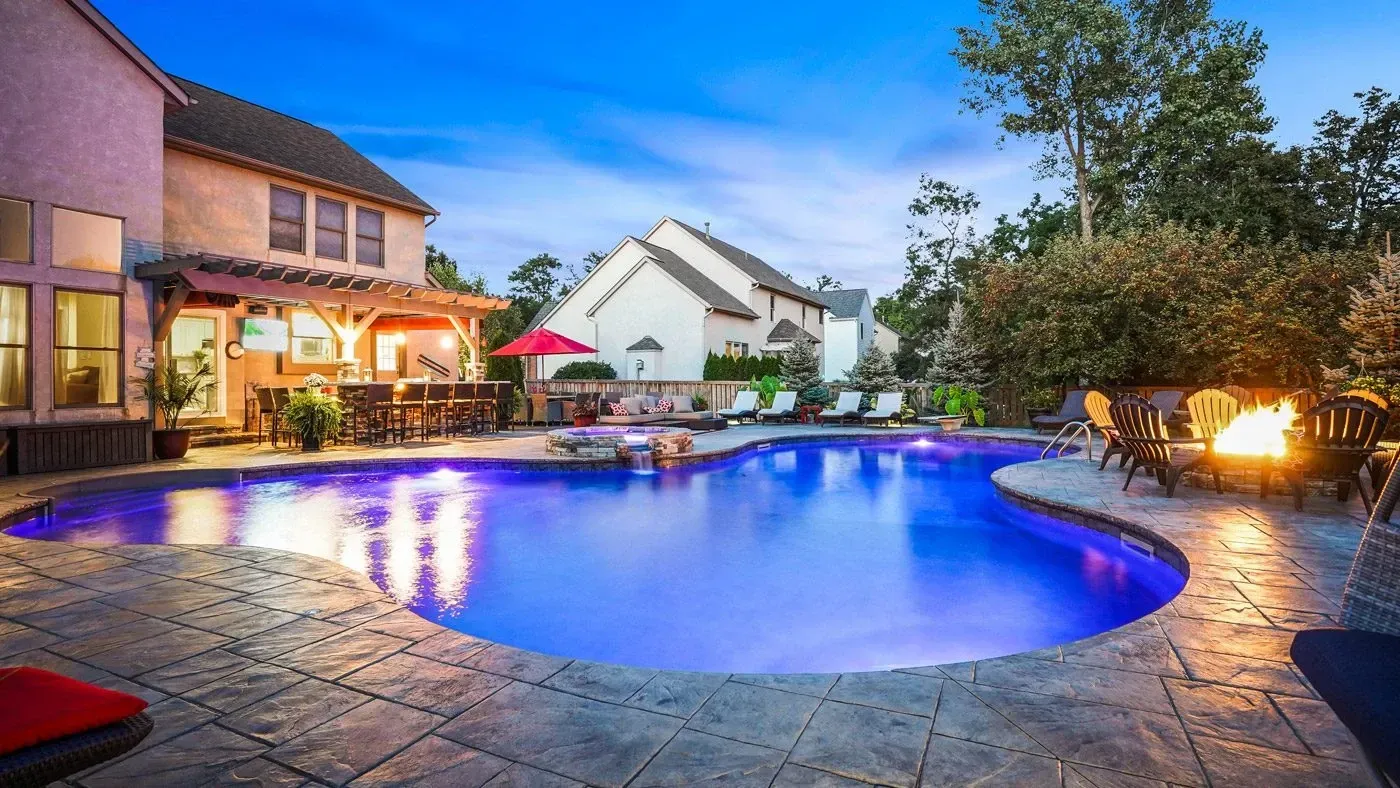
An electronic bug zapper, although not as effective against crawling bugs, is good at drawing flying insects by the attraction to the light. When insects enter the bug zapper, it vaporizes them instantly. Swarms of flying insects can fly into it and do not affect the zapper’s output. The downside to having an electric bug zapper is unwanted noise. Hanging the zapper at night when the pool is not in use could mitigate unwanted noise.
Perform Regular Pool Maintenance

Maintaining the right amount of chlorine in your pool is important to have clean, safe water in the pool. A test kit can help check the pH of your pool. If your pool is too acidic, it can erode metal while a pool that is too basic or alkaline produces cloudy water and is hard on your filter. Sodium bicarbonate, or baking soda, can increase the acidity of your pool while sodium bisulfate lowers it. The optimal pH for your pool is between 7.2-7.8, depending on your location. Bear in mind that any new substance added to the pool, whether it is fresh water from the hose or oils from swimmers can change the pH, necessitating another check and possibly the addition of chemicals.
Another aspect of swimming pool maintenance easily overlooked is how close trees and shrubs come to your pool. Spiders, insects, and other creepy crawlies can hide inside those bushes until the sun goes down, then fall inside your pool. Trimming bushes back and keeping the ground clear prevents them from entering the area around your pool, reducing the risk of them falling inside.
Debris around the pool such as leaves or pool toys can also provide hiding places. Cleaning the debris around your pool area, trimming back greenery, and making sure there are no toys or articles of clothing left around the edge will prevent bugs from accidentally wandering inside.
Maintaining the trees around your pool will also help keep debris from collecting inside your pool. Trees around your pool provide nice shade, especially if you’re trying not to catch a tan, but overhanging branches can drop leaves, branches, insects, and even nests inside your pool when the wind blows. Taking care to trim the branches back at least 2 feet from the edge of your pool prevents insects from falling inside. The backswimmers mentioned above float on their backs specifically because insects often fall from tree branches into the water beneath, so keeping your pool in the sun by trimming back foliage will also make your water a less attractive option to those biting insects.
The filter basket is a great backup for your primary filter by catching the majority of insects, leaves, branches, and even small toys or articles of clothing that might fall inside your pool. If you don’t have one, consider getting a cover for it so it can function more efficiently. Try emptying the basket once every few days if your pool is dirty, then once a week when your pool clears up. The basket also functions as a great place to put your chlorine tablets to maintain the clarity of your pool, just remember to put the tablets back in the basket when you clean the debris from it. Make sure to store your tablets out of the sun and not breathe in when opening the bucket. Chlorine tablets left outside in the sun can evaporate and create a toxic gas, so make sure to store the container properly.
Install a Pool Enclosure

The most expensive option is screening in the pool, however, it can be the best method to keep bugs away. The physical barrier will prevent most insects from reaching your pool. Enclosures range from DIY kits to elaborately designed structures made of glass or fiberglass. The downsides, besides the cost, can be the added upkeep of the building. Humidity from the pool can cause mold to grow on the interior and birds could nest in the cracks. The structure, because it will lack a foundation, is also more susceptible to strong winds and depending on the material, it could fall during a storm. Measure the pros and cons and possibly consult a contractor about your area’s requirements for building a sturdy pool enclosure.
Use Larvicide
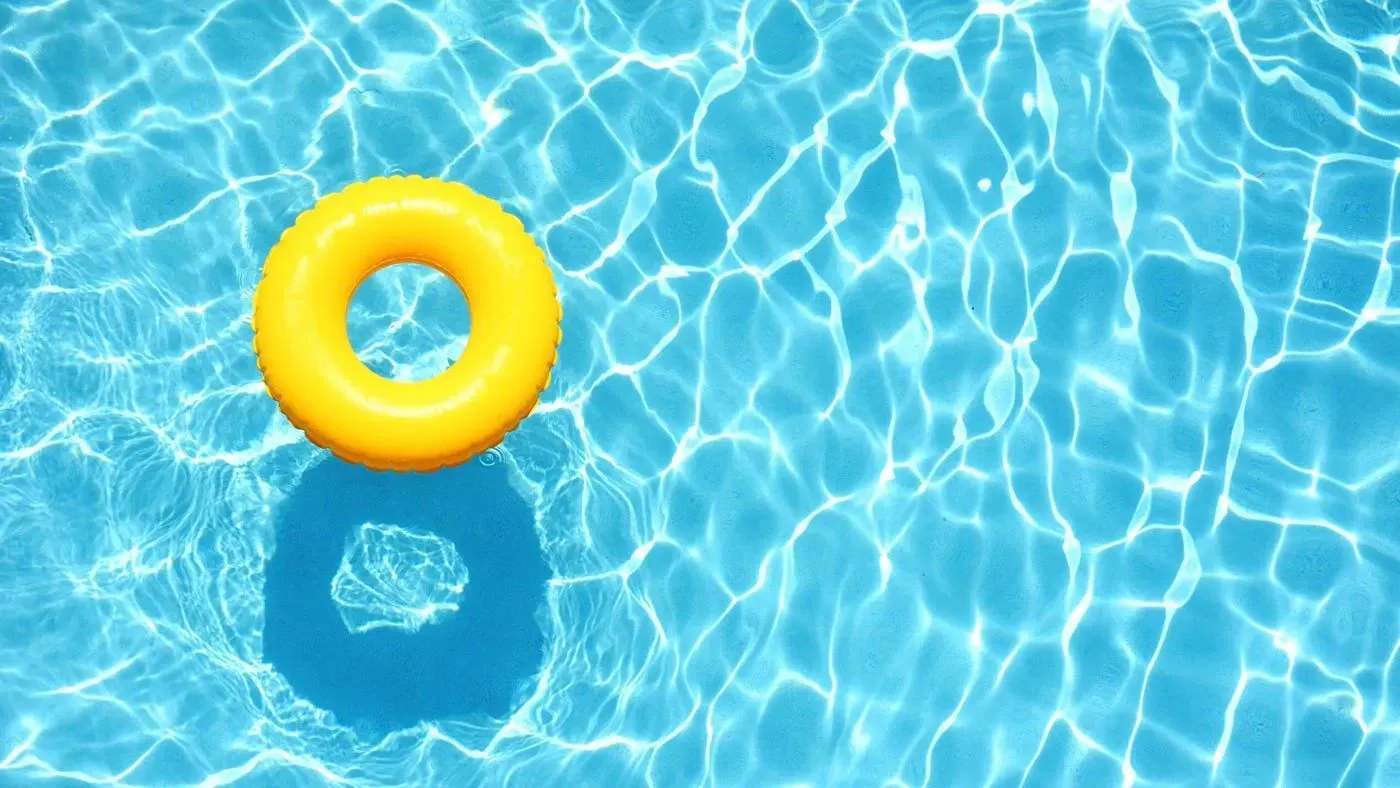
Larvicide is a chemical poured into the pool, pond, or stream that eliminates the larva of the bugs and is most commonly used against mosquitoes. Depending on where you live, the local government may help subsidize or even cover the cost of spraying larvicide on your property to ward off infections and epidemics. Larvicide contains chemical agents like Methoprene, an insect growth regulator agent that interrupts the growth cycle of insect larvae, stopping them from developing beyond the pupae stage. This helps prevents the insects from being born, enabling your equipment to filter them out.
Pool maintenance, properly executed, can save you thousands of dollars in pool and equipment repairs. Making sure to clean the sticks and leaves out of your basket filter can prevent your primary filter from being overwhelmed. Checking the pH levels can keep your pool a pristine blue while also preventing chemical wear and tear on your equipment. Remember that an acidic pool will create chemical etchings on the metal components of your pool and an alkali, or basic pool will cloud the water and make it harder for your filters to function. Trimming back trees and bushes will keep the bugs from hiding near your pool, and subsequently falling in. Sweeping and picking up around your pool will not only make it less hospitable for bugs but also keep your pool a safe and pleasant place to play.
OMNI LEARNING CENTER
RECENT POSTS
